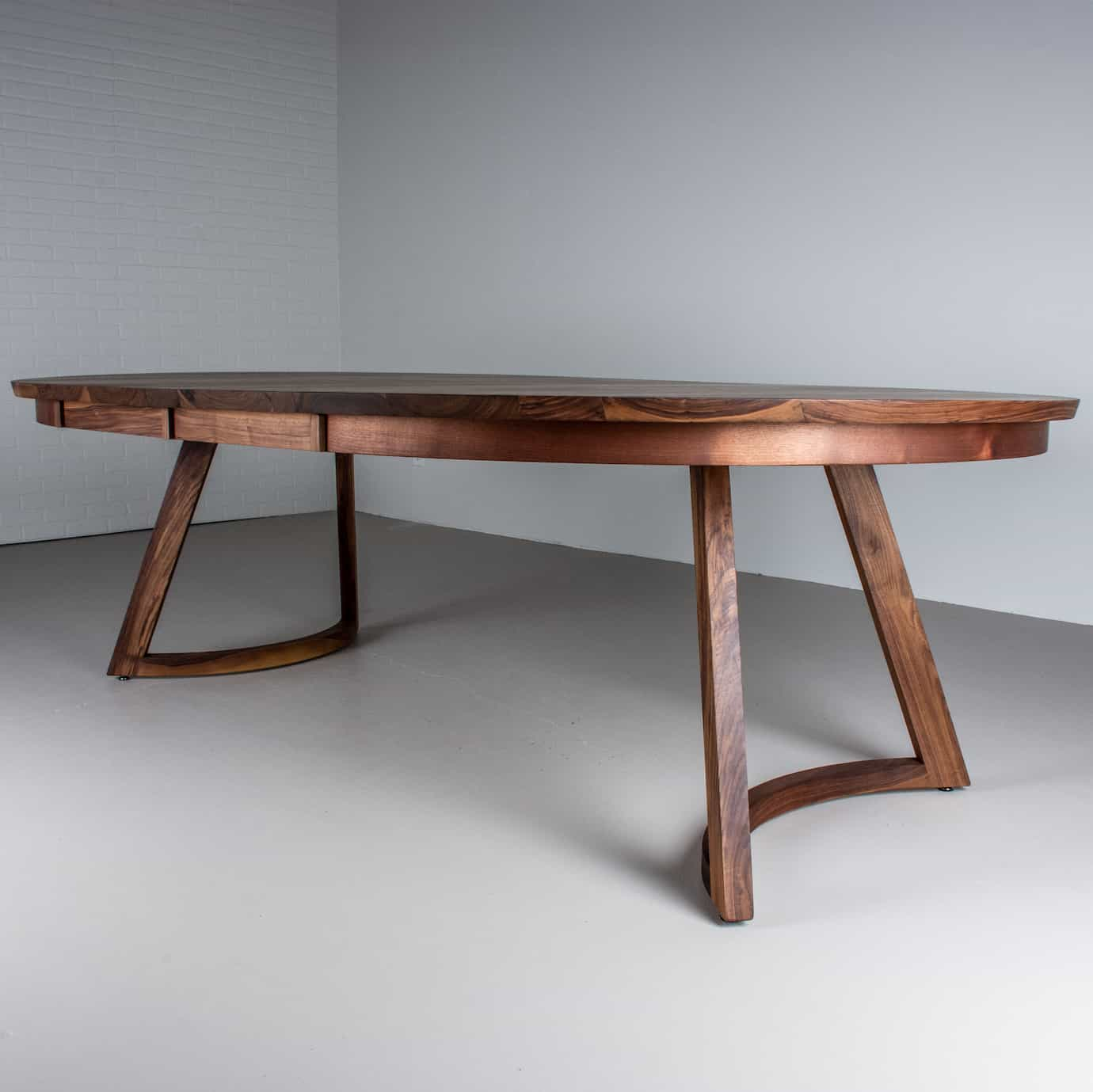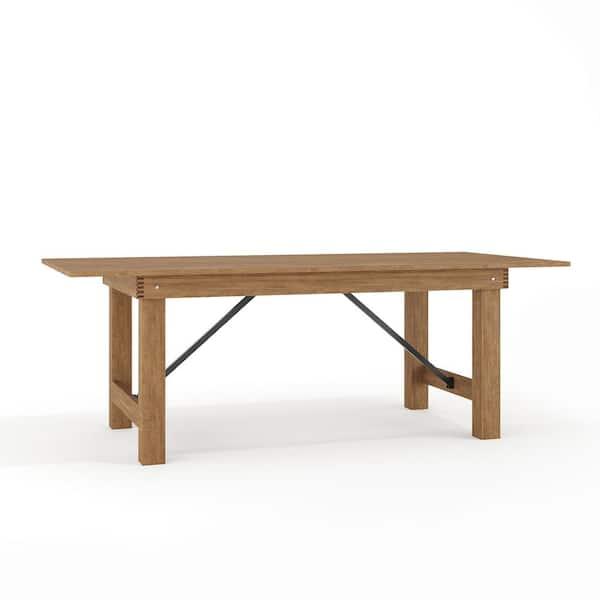Upgrade Your Table's Look with Decorative Dining Table Legs Wood Layouts
Upgrade Your Table's Look with Decorative Dining Table Legs Wood Layouts
Blog Article
Checking Out the Different Sorts Of Table Legs Wood for Your Eating Area
The choice of dining table legs wood can profoundly affect both the aesthetic and practical high qualities of your dining area. Strong timber options, such as oak and walnut, offer a traditional appearance with unparalleled toughness, while engineered timber options use ingenious layouts that imitate the richness of natural grains.
Strong Wood Options

Unlike crafted products, strong wood is much less vulnerable to bending and damage over time when correctly preserved. Each piece of solid wood is unique, showcasing individual features that include to the appeal and character of the eating table.
Furthermore, solid wood can be ended up in many methods, ranging from natural oils to tarnished coatings, allowing homeowners to personalize their furnishings to match their decor. In recap, choosing strong wood for eating table legs not just guarantees structural honesty however likewise enhances the aesthetic appeal of the dining location, making it a beneficial investment for any kind of home.
Engineered Timber Alternatives

Plywood, built from multiple layers of wood veneer, is steady and specifically solid, making it an outstanding choice for dining table legs. Its layered make-up allows it to stand up to adjustments in moisture and temperature level much better than typical strong timber. MDF, on the various other hand, uses a smooth surface for painting or veneering, enabling developers to achieve a polished look while keeping structural honesty.
When selecting engineered timber choices, it is vital to take into consideration the desired use and preferred aesthetic. These materials not only boost the capability of dining areas however additionally allow for higher layout adaptability, ensuring that modern and traditional designs can exist side-by-side sympathetically.
Reclaimed Timber Features
Redeemed wood provides an one-of-a-kind mix of sustainability and personality, making it a significantly preferred choice for dining table legs. Sourced from old barns, factories, and other structures, recovered timber symbolizes a history that new products just can not duplicate. Each piece lugs its own tale, noted by distinct blemishes, knots, and differing grain patterns, which add to a table's special visual appeal.
In enhancement to its aesthetic appeal, reclaimed timber is an ecologically friendly alternative. By repurposing formerly used products, it minimizes the demand for new lumber, thus aiding to reduce and preserve forests waste. This straightens with an expanding consumer choice for lasting methods in furnishings.
Furthermore, redeemed wood is frequently a lot more resilient than freshly harvested wood due to its age. The all-natural drying out process that recovered wood undertakes results in a denser and stronger product, making it less prone to bending and splitting. This enhances the long life of eating tables, enabling them to withstand the rigors of day-to-day usage.
Softwood vs. Hardwood
When picking eating table legs, recognizing the differences between softwood and hardwood is important for attaining both practical and aesthetic objectives. They commonly exhibit a more rustic appearance, making them appropriate for country-style or casual dining spaces.
On the various other hand, hardwoods, sourced from deciduous trees like cherry, oak, and maple, are renowned for their thickness, look these up strength, and longevity. The complex grain patterns and abundant tones of woods offer a sophisticated and timeless charm, making them suitable for official dining settings. go to these guys While woods often tend to be a lot more costly and much heavier, their durability versus wear and tear commonly warrants the investment.
Eventually, the option between softwood and wood for dining table legs should straighten with your style vision, usage requirements, and budget, ensuring that your eating area reflects your individual style while remaining useful gradually.

Surfaces and Therapies
The aesthetic charm and longevity of eating table legs can be dramatically boosted through various finishes and treatments. These procedures not just safeguard the wood from damages yet also boost its appearance, enabling it to complement diverse interior styles.
One common therapy is tarnishing, which penetrates the timber and improves its natural grain while including shade. Spots offer a rich, sophisticated look, allowing property owners to match their furnishings with existing design. On the other hand, clear coatings such as polyurethane or varnish produce a protective layer without altering the timber's initial color, guaranteeing resilience against damage.
Furthermore, all-natural oils, like tung or linseed oil, nourish the timber and offer a refined luster, all while being eco-friendly. These oils enable the surface to breathe, preventing wetness buildup and possible bending.
For those looking for a rustic charm, weathered or troubled finishes can be related to develop an aged look, including character to the piece. Inevitably, the option of treatments and finishes depends upon individual choice, preferred aesthetics, and the specific timber kind, making it vital to take into consideration these aspects when choosing table legs for your space.
Final Thought
Finally, the option of table leg products dramatically influences both the useful and aesthetic facets of a dining area. Strong woods, engineered alternatives, and recovered choices each deal distinctive important site advantages, satisfying different choices and demands. Understanding the distinctions between softwoods and hardwoods, along with proper coatings and therapies, permits notified decision-making. Ultimately, the selection of timber type must straighten with wanted design, durability, and environmental considerations, improving the overall dining experience.
The selection of eating table legs wood can exceptionally impact both the useful and aesthetic top qualities of your dining space - Dining Table Legs Wood. Strong wood alternatives, such as oak and walnut, provide a traditional appearance with unparalleled sturdiness, while engineered wood choices use ingenious styles that imitate the richness of all-natural grains. Solid timber uses an ageless quality that can elevate the total style of a dining space. Each item of solid wood is one-of-a-kind, showcasing specific attributes that add to the beauty and personality of the dining table
In addition, redeemed timber is commonly a lot more durable than recently harvested timber due to its age.
Report this page